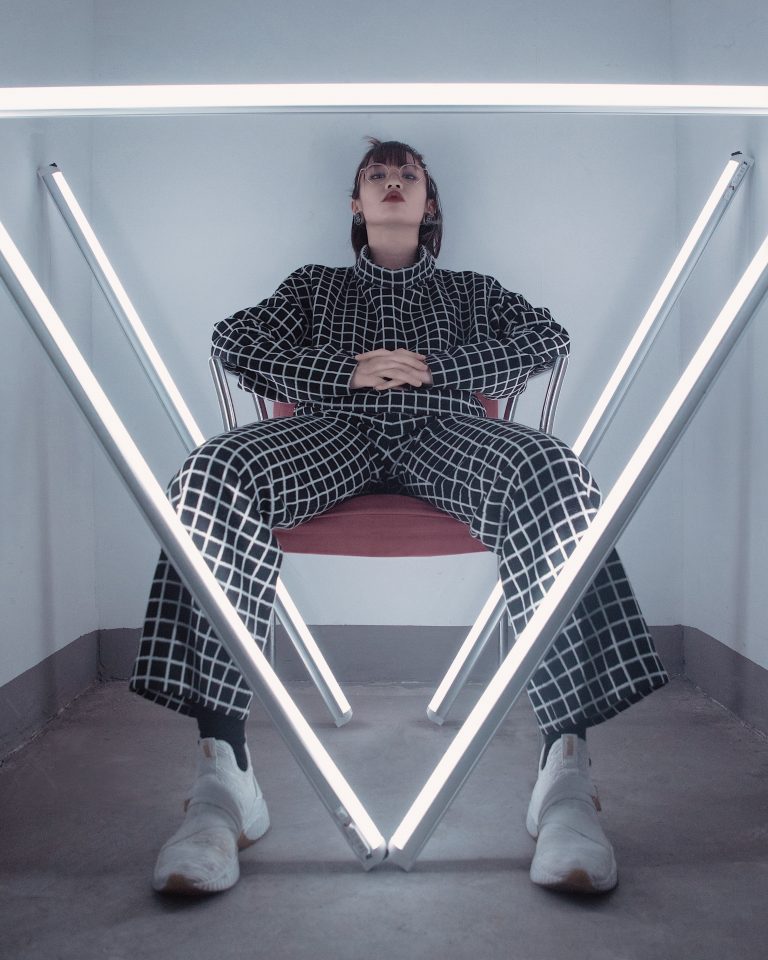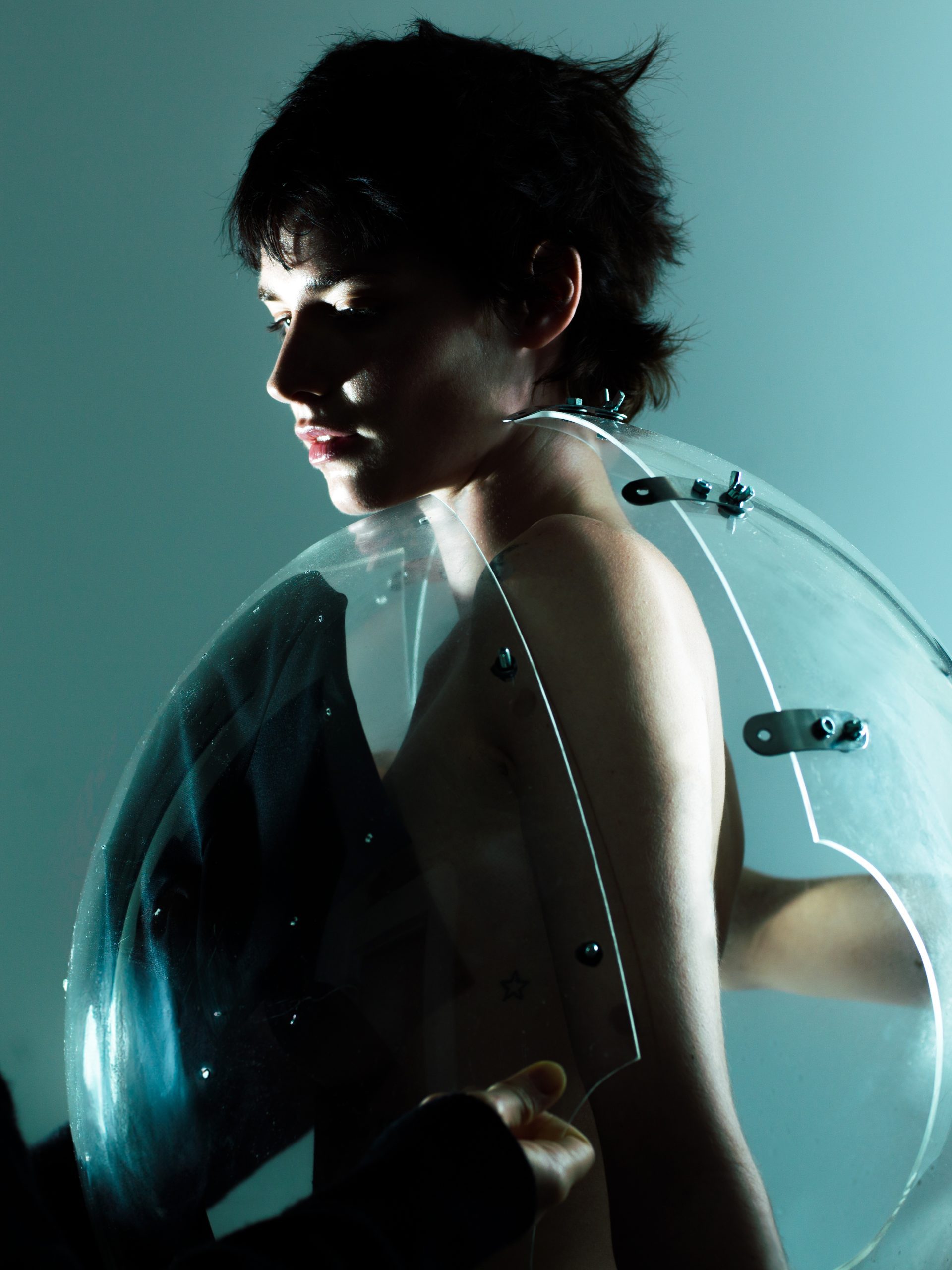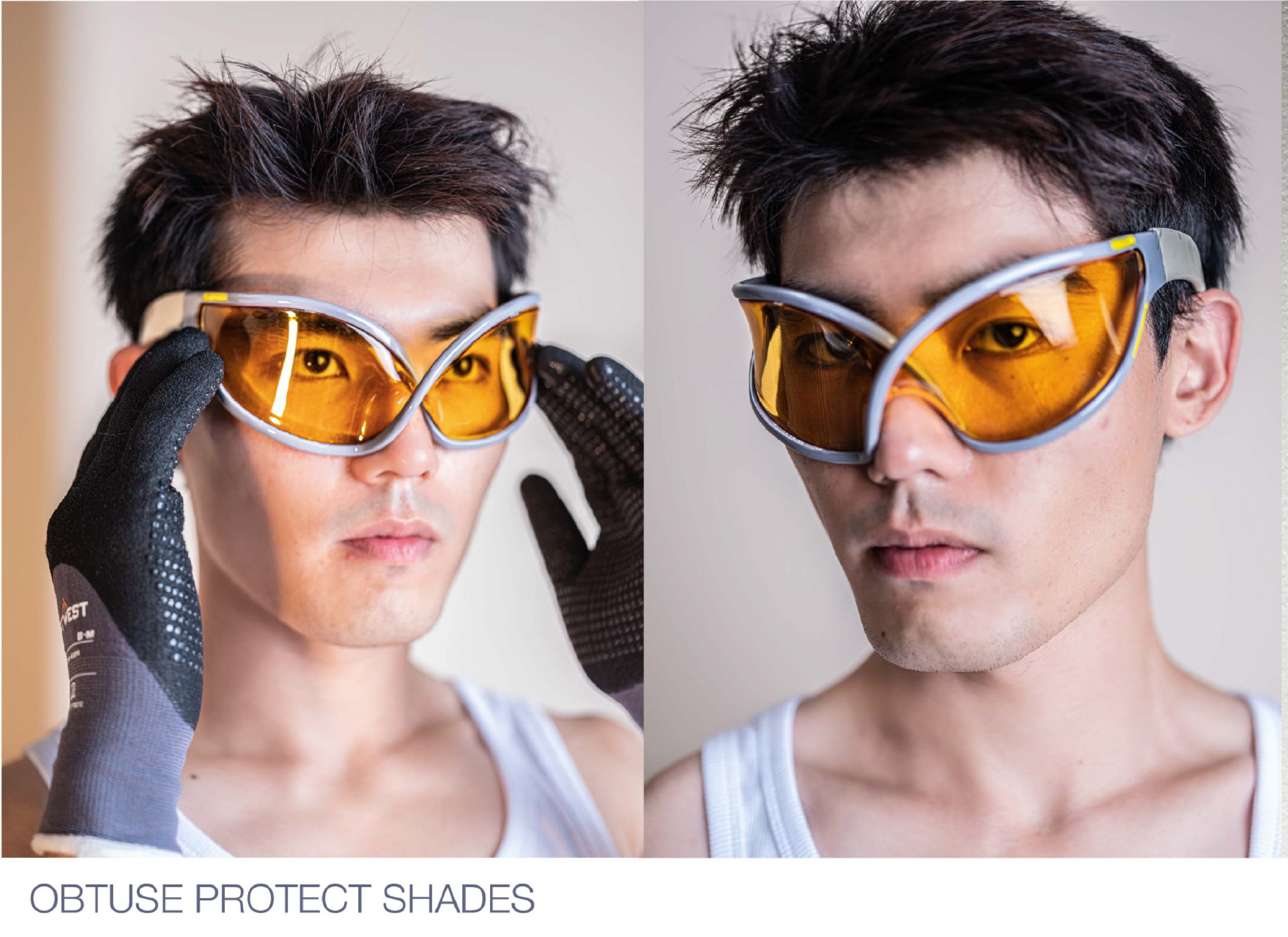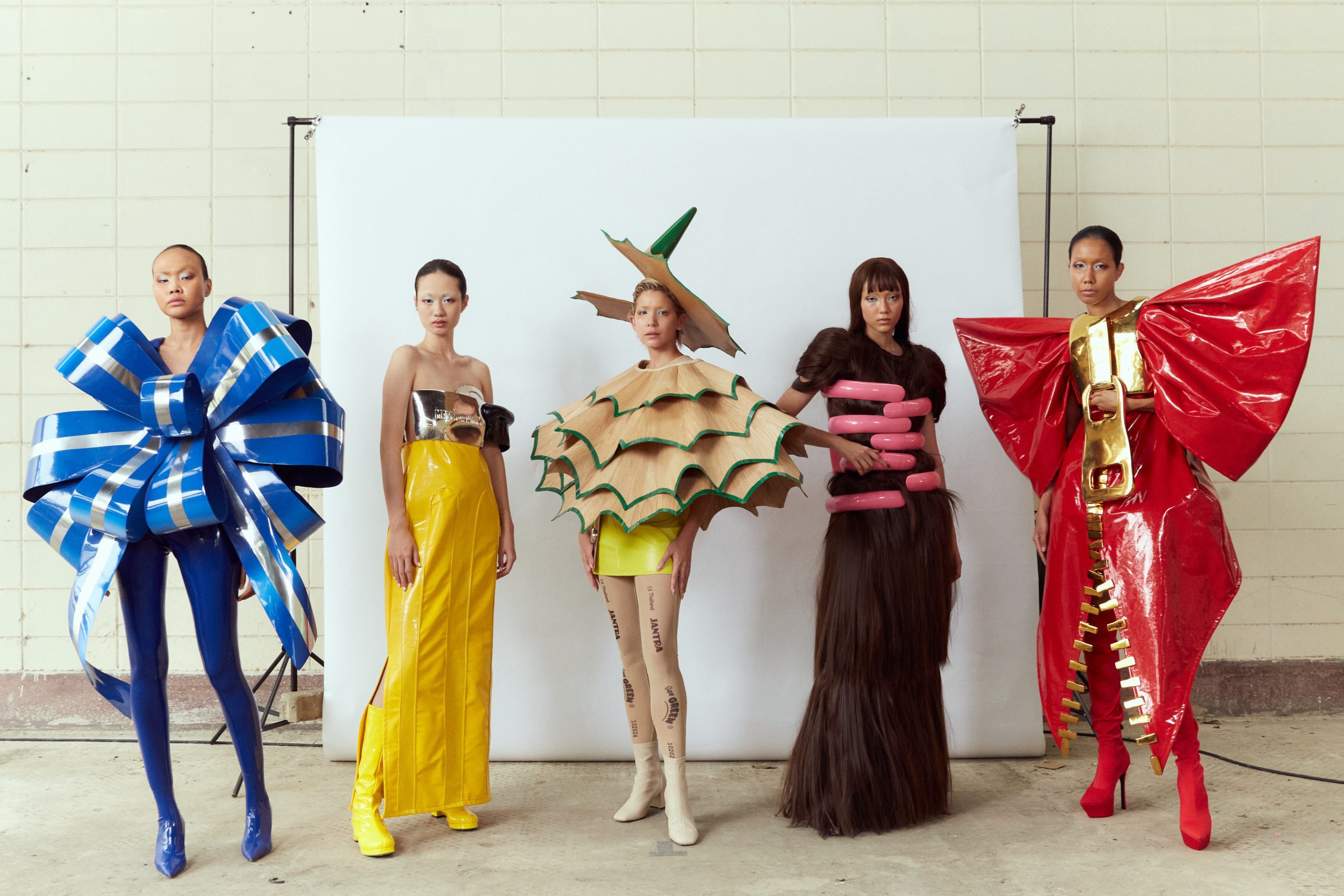
The world of fashion, or better yet the haut monde, is a beefier cultural force than one could have ever imagined nowadays. This multi-million industry is ceaselessly expanding, and far abstracted simply from the clothes on our backs. With storytelling, artwork, and community building now all paramount in branding, the race for innovation is as competitive as ever. And thus, in a bid to aesthetically dominate aspects of public life further, the concept of digital fashion is birthed.
Digital fashion is an evolving contemporary space, arguably offering limitless creativity. Clothes are re-envisioned, unimpeded by the limits of physical matter. As such, brands’ capacity to storytell is boundless, and they are able to cultivate their iconic aesthetics Digital fashion has drastically widened the parameters by which designers can create, and extended the product range that consumers can consume. This development is distinctly exciting. It has made the fashion industry even more influential and important to culture. Fashion is no longer restrained to our wardrobes, it now runs loose through our every screen.
Not only is the world of digital fashion electrifying from a creator’s point of view, but it is making arresting advances in relation to fashion’s move to be more sustainable. Digital fashion offers consumers the opportunity to buy clothes, or better, artwork, that has never been created in the physical world. Consumers have the opportunity to buy into a brand image and community, feel like they own a high-trend product, and publicise an image of them that stands testament to both, all whilst remaining somewhat environmentally friendly. Digital fashion is a realm of fashion that eliminates transportation, overproduction, and the notion of the so-called, disposable outfit. According to The Fabricant, who teamed up with the iconic footwear brand Buffalo to create a digitally exclusive sneaker for the modern eco-conscious consumer, the digital collection of shoes had a CO2 impact that was 99% less than the physical equivalent. So, is digitised clothing the glaringly obvious solution to fashion’s fraught battle with critical environmentalists?

In short, no. Fashion can never be entirely digitised, and thus can never be fundamentally green. Buying digital products may replace the fervent desire of millennial shoppers to constantly be buying the newest physical item, but the frank bottom line is that people still need physical clothes to wear in real life. Digital fashion doesn’t spring from a necessity, it springs from a desire. And, arguably, contemporary society has developed a more potent sense of ‘want’ than any generation prior. Digital fashion is thus solely dependent on people’s continued engagement with fashion aesthetics, and, more precariously, their active lives on social media channels. As such, it is difficult to guarantee that digital fashion will ‘take off’ amongst the public. If it does take off, how long will it stay? Only until Instagram becomes an outdated medium of the past? Digital fashion may be the dernier cri and an exciting niche to become involved in, but its ability to permeate into the life of the average consumer, and the infinite future, is somewhat limited.
All being said, my cynicism towards digital fashion as a mainstream commodity, relates solely to the idea of buying and trading exclusively digital products. Conversely, the pure ability to digitise complex garments, and recreate the experience of wearing something in a virtual environment, is something I believe will have an undoubted exponential impact on the way we shop.
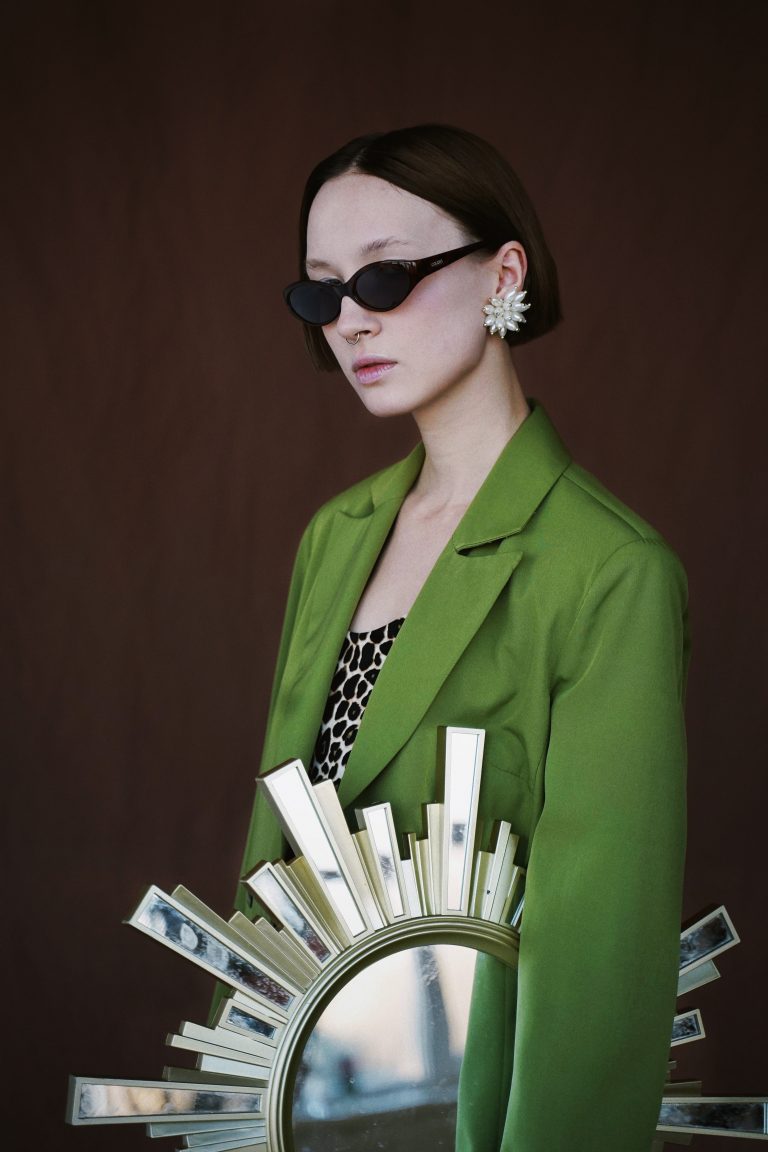
My personal desire to dress an image of myself, or my avatar for that matter, in iridescent clothing fit with animated detailing, will never be substantial. And that is coming from a self-proclaimed social media-obsessed millennial, who also happens to work within the modern, evolving fashion industry. On the one hand, I hold a pessimism about how easily personalities can be falsified and adapted online, and I think the realm of digital fashion uncomfortably intercepts with this. But ultimately, my rejection of this stems from a simple stubbornness about investing in something purely to obtain some sort of aesthetic-based kudos, that is, at the end of the day, augmented, fake. In a world where the cost of living is rocketing, I am certainly not spending my paycheck on preening my avatar. If I can’t see myself placing money in this arena, whilst I comply with the requisites of the target audience, how can I envision that the average person would?
I can most certainly see digital fashion being present in my life as a preliminary means of engaging with real, tangible fashion. I can see myself wanting to virtually ‘try on’ expensive designer clothes in the virtual world. I can see myself wanting to analyse how an item fits my body and pairs with other pieces, before I make the commitment to buy the physical equivalent. Digital fashion as a means for trialling garments, before you invest in their physical counterparts, is something that will unarguably become a new step in the shopping process. Highly advanced versions of augmented reality, accessible through your phone, or laptop, or integrated into the mirrors of fitting rooms, I believe will dominate the way we shop. By streamlining the ‘trying on’ process, and confining it to a screen, brick-and-mortar stores become even more futile than some would argue they are already. Having tried garments on, alongside pieces they already own, and in a variety of sizes, materials and colours, customers can make more informed decisions about purchasing. This not only means there will likely be fewer unused clothes sitting idly in wardrobes, but the notion of predictive production becomes defunct. Having tested a product virtually, shoppers can proceed with the purchase, and an instant message can be sent to manufacturers. Brands and shops can also collect an endless amount of data from this ‘try on’ process, which can be used to dictate future designs and product ranges. And thus, the industry as a whole can begin to drift towards a more made-to-order business model. Fashion will become more dictated by the consumer, and in turn, become more environmentally friendly.
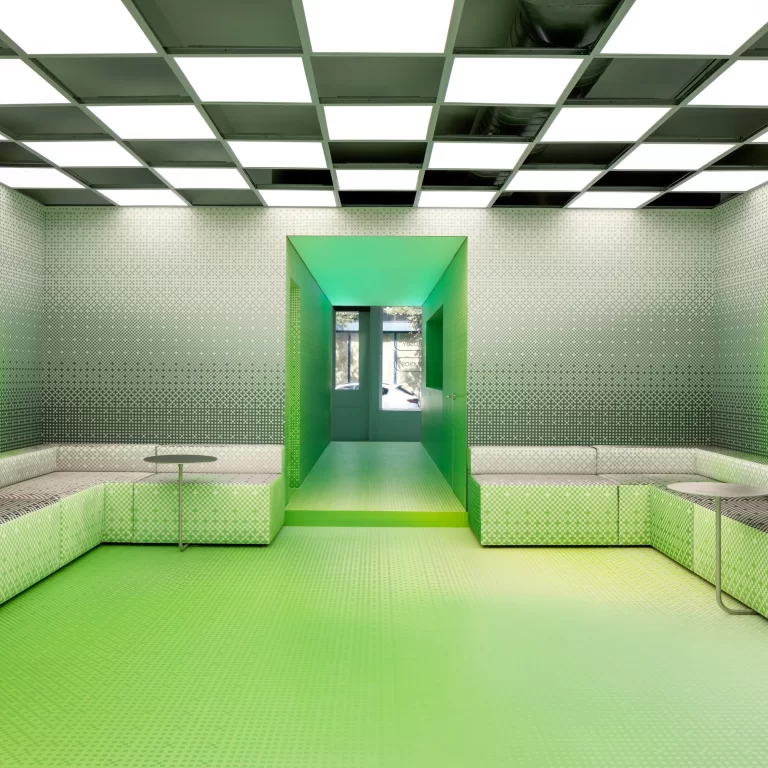
Similarly, whilst I highly doubt digitised versions of items such as a t-shirt will ever become popular, digitised versions of more one-of-a-kind pieces could perhaps shape our future. At present, in the world of media, glam and public appearance, vast amounts of money and resources go into crafting show stopping dresses that are waltzed down the red carpet all but once. Speculatively, what would happen if this whole culture surrounding public appearance and ‘who wore what’, became re-envisioned in the digital world? Not only could this showcase of talent, design, and beauty be expanded in terms of the breadth of creativity, but huge environmental costs could be saved. As such, there is definitely potential for digital fashion to become more established in these more unique and stylised spaces. Singular pieces, that are crafted for a one-off purpose, or are intended to tell a dramatic story for impact, could certainly have a future in the digital space. Branded or monogrammed t-shirts, deemed to be ‘trendy’, simply by association with a brand, will not have that same future.
Perhaps my opinionated overview of digital fashion is somewhat convoluted or marred with a few contradictions, but analysing a space that is presently evolving presents certain challenges. Digital fashion is a term that incorporates a variety of ways in which the technology of augmented reality can be used to better our fashion industry. At present, digital fashion has tended to run in parallel with social media. There are vast amounts of people, including myself, who are sceptical about the risk-reward comparative of such online spaces. Thus, I think there is a certain disillusioned view as to how digital fashion can become a popularised and respected concept, rather than seeming like a component in a millionaire’s playground. If we try to somewhat separate digital fashion from the world of online presence, then there are actually many a benefit of having virtual designs preceding physical designs, from both an environmental, and consumer experience perspective. If we also view digital fashion as another medium of artwork, we can begin to see how artists and creators can begin to communicate and circulate art, without the need for physical resources and transportation. A new field of green design has been established. So, whilst I won’t be fashioning my avatar any time soon, I will most certainly be keeping an eye on how virtual textiles transform the wider future of fashion and how we access it.
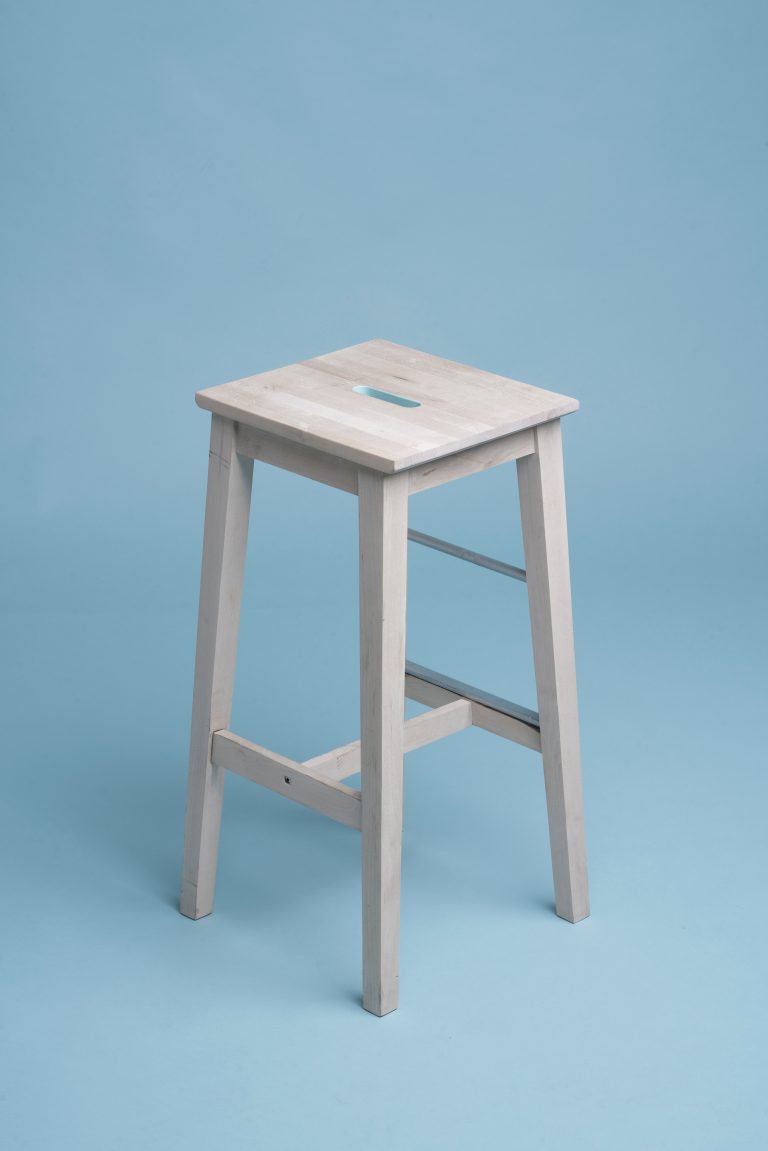
Edited by GLITCH Team

